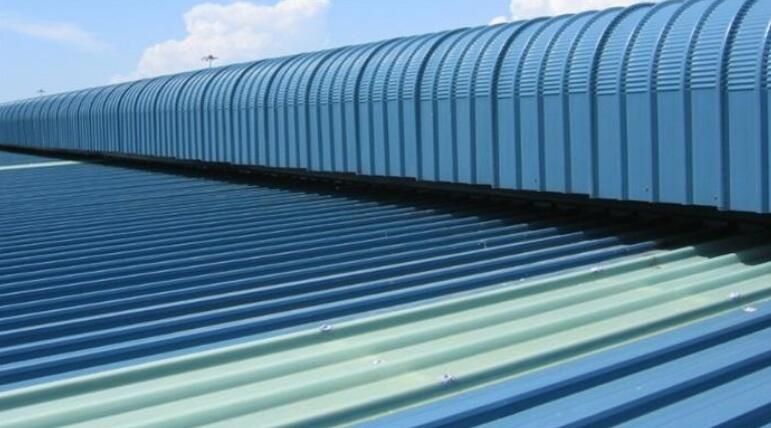cz purlin forming machine
The CZ Purlin Forming Machine Revolutionizing the Construction Industry
In the world of modern construction, efficiency and precision are paramount. One of the key components in achieving these objectives is the CZ purlin forming machine, a remarkable piece of technology that has transformed how purlins are produced and utilized in building structures. This article delves into the significance of the CZ purlin forming machine, its operational mechanisms, and its impact on the construction industry.
Understanding CZ Purlins
Before delving into the machine itself, it’s essential to understand what CZ purlins are. Purlins are horizontal structural members that support roof structures. They are categorized into two types C purlins and Z purlins, named for their respective shapes. Both are extensively used in steel buildings, providing essential support for roofs and walls. The design flexibility and structural integrity offered by CZ purlins make them a preferred choice in various building applications, ranging from commercial to industrial constructions.
What is a CZ Purlin Forming Machine?
A CZ purlin forming machine is specialized equipment designed to produce purlins in C and Z shapes through a cold-forming process. Unlike traditional methods that require separate setups for each type of purlin, a CZ purlin forming machine can interchangeably produce both shapes, significantly increasing production efficiency. This flexibility allows manufacturers to cater to varying project requirements without extensive downtime.
How Does a CZ Purlin Forming Machine Work?
The operational process of a CZ purlin forming machine involves several steps
1. Material Input The machine begins with feeding flat steel sheets or coils into the forming system. These materials are usually made of galvanized steel, ensuring durability and resistance to corrosion.
2. Roll Forming The core technology behind the purlin forming machine is roll forming. The flat steel is passed through a series of rollers that gradually shape it into the desired C or Z profile. This process is efficient and ensures uniformity in size and shape.
cz purlin forming machine

3. Cutting Once the desired length has been achieved, the formed purlin is cut to specifications using a hydraulic cutting mechanism. This precise cutting ensures that each purlin meets the necessary dimensions for installation.
4. Inspection and Output After cutting, the purlins are often subjected to quality checks to ensure they meet specified standards. Once inspection is complete, the finished purlins are stacked for delivery or immediate use in construction projects.
Advantages of Using a CZ Purlin Forming Machine
1. Versatility The ability to produce both C and Z purlins from a single machine allows manufacturers to diversify their product offering without the need for multiple machines, thereby optimizing space and resources.
2. Increased Efficiency With the rapid production capabilities of CZ purlin forming machines, projects are less likely to encounter delays. This leads to shorter project timelines and overall cost savings.
3. High Precision Automated settings and advanced technology ensure that the produced purlins meet strict dimensional tolerances, which is vital for structural integrity.
4. Cost-Effectiveness By automating the production process and reducing manual labor, operators can lower production costs significantly, resulting in competitive pricing for consumers.
5. Minimal Waste The roll forming process allows for stretching materials efficiently, resulting in less waste compared to traditional cutting methods. This eco-friendly aspect aligns with the growing emphasis on sustainability in construction.
Conclusion
The CZ purlin forming machine represents a significant advancement in the construction industry, enhancing productivity, reducing costs, and improving the quality of building materials. As construction projects become increasingly intricate and time-sensitive, the need for efficient manufacturing equipment like the CZ purlin forming machine will only continue to grow. Embracing such technologies will enable businesses to meet the ever-evolving demands of the construction sector while ensuring sustainable practices. In doing so, they not only elevate their operational capabilities but also contribute positively to the advancing landscape of modern architecture.
-
Top Metal Roofing Machine ManufacturersNewsAug.04, 2025
-
Production Line with a Gutter Forming Machine for SaleNewsAug.04, 2025
-
Production Capacity with a Purlin Machine for SaleNewsAug.04, 2025
-
Exploring Roofing Sheets Manufacturing Machine PriceNewsAug.04, 2025
-
Drywall Roll Forming Machine for SaleNewsAug.04, 2025
-
Best Roof Panel Machine for SaleNewsAug.04, 2025
-
Roof Panel Machines: Buying Guide, Types, and PricingNewsJul.04, 2025








